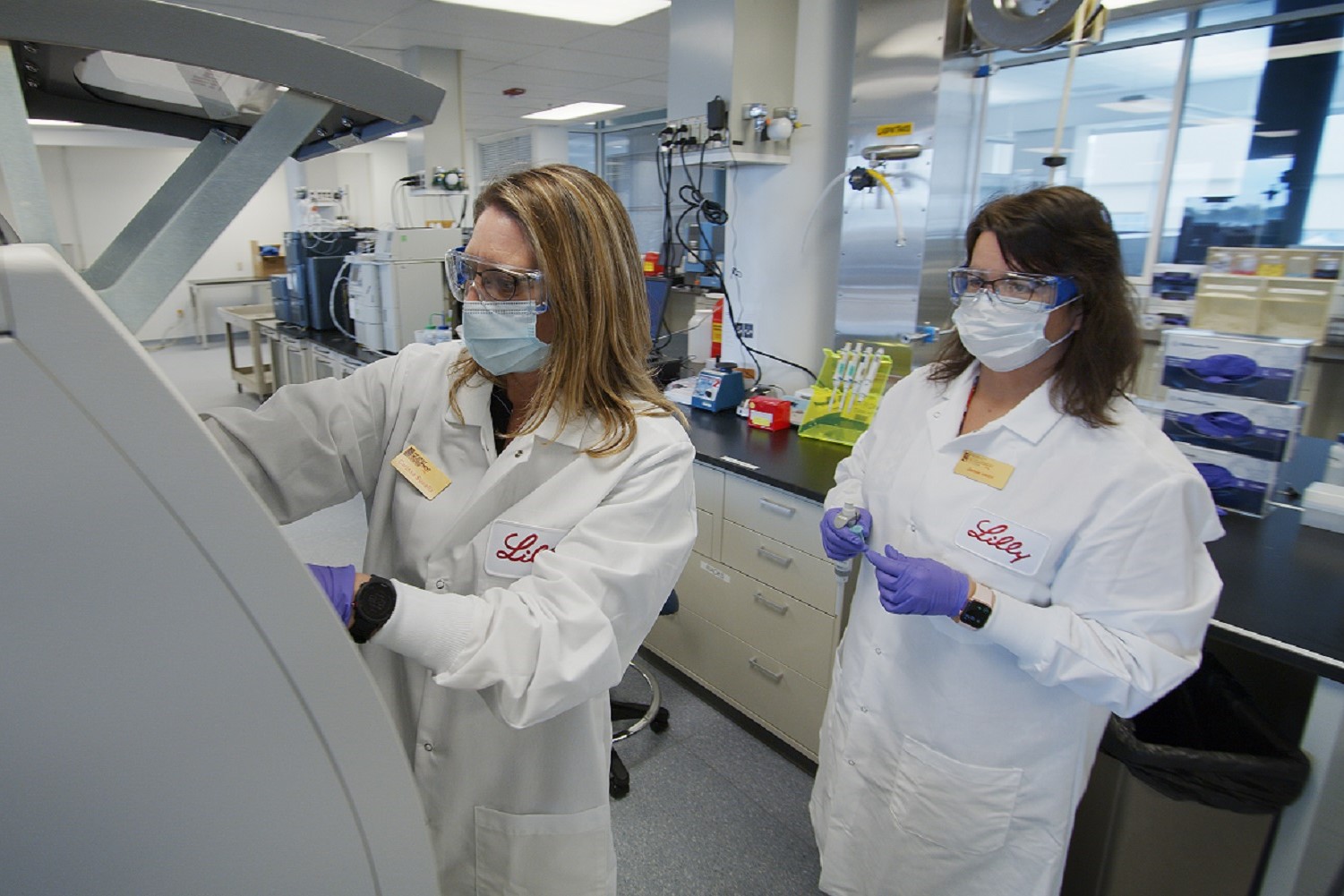
Aaron Miri, Imprivata CIO talking at Health Datapalooza 2017
It’s not surprising that at a conference devoted to healthcare data, cybersecurity would be part of the conversation. But what was interesting at Health Datapalooza this year was just how deep that conversation can go.
Aaron Miri, the CIO of health IT security business Imprivata, previously served as CIO of Walnut Hill Medical Center in Texas and CTO of Children’s Hospital in Dallas-Fort Worth in another life. He used specific examples to underscore the high risk

With the Rise of AI, What IP Disputes in Healthcare Are Likely to Emerge?
Munck Wilson Mandala Partner Greg Howison shared his perspective on some of the legal ramifications around AI, IP, connected devices and the data they generate, in response to emailed questions.
He recounted a time when the Children’s hospital received a shipment of connected medical cabinets and found they contained malware. It wasn’t a breach of security at the hospital, but they arrived like that from the manufacturer.
“This is the day to day reality of what’s happening in hospitals — the unknown factor, the unknown variable. What keeps hospital CIOs from immediately [crossing] the digital divide is fear of the unknown…This kind of variation occurs because of a lack of standards and rules of the road that everybody plays by.”
Miri also emphasized the need for hospitals to be vigilant about encryption and ensuring that patient data is protected and tapped his inner Trekki to drive home his point:”
“Resistance is futile — for data at rest and in transit, encryption is not optional.”
Citing a stat from The Advisory Board, Miri said only 33 percent of healthcare organizations in the U.S. said they have adequate defenses to thwart a breach.
The enormous issue of patient misidentification as a cause of patient error led Miri to the topic of biometrics. He noted that patient misidentification was the cause of 29 percent of medication management errors and 27 percent of radiation errors, and costs each medical institution an average of $1.2 million each year. The issue dovetails with security because it can also be used for authentication of hospital staff, which could be of interest to add an extra layer of protection for electronic medical record access.

He highlighted a few ways healthcare organizations have been able to significantly lower incidences of medical errors or near misses using biometrics, particularly palm prints and iris scans.
Photo: Jay_Zynism, Getty Images














